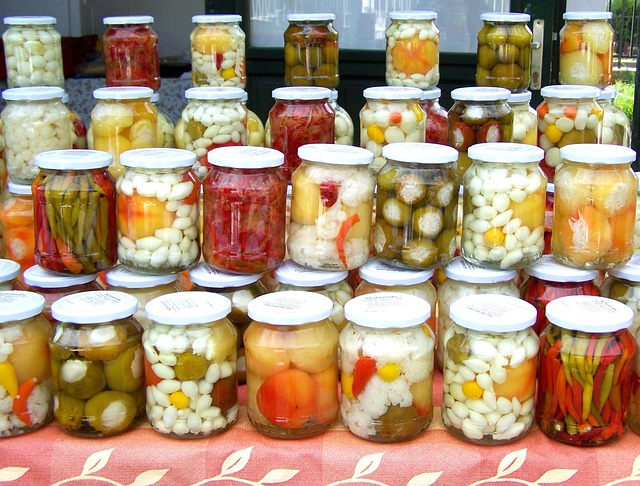Integrating residential, commercial, and retail spaces in real estate maximizes property value, enhances urban livability, and drives economic growth through strategic planning, diverse user groups, and walkable designs, catering to families and professionals alike. Mixed-use developments transform cities, boosting foot traffic, reducing infrastructure strain, and fostering sustainable urban living.
In today’s dynamic urban landscape, real estate developments are evolving beyond traditional silos. The fusion of residential, commercial, and retail spaces is a burgeoning trend, offering multifaceted solutions for modern living. This article explores this innovative blend, delving into its benefits, design considerations, and the creation of vibrant, functional communities. From maximizing space to fostering economic growth, these synergistic properties redefine urban environments, providing a harmonious balance between home, work, and play.
Balancing Act: Residential, Commercial, and Retail Harmony

In the dynamic world of real estate, balancing residential, commercial, and retail spaces is a delicate art. This harmonious blend creates vibrant communities where people live, work, and play. The success lies in understanding each sector’s unique needs and interdependence. Residential areas provide comfortable homes for families and individuals, while commercial spaces cater to businesses, fostering economic growth. Retail sectors offer goods and services, stimulating local economies and enhancing the overall quality of life.
Achieving this balance involves strategic planning, thoughtful design, and inclusive policies. Developers must consider how these components interact, ensuring a well-connected and desirable environment. For instance, integrating retail shops within residential neighborhoods can create convenient access to daily needs, while strategically placed commercial hubs can support local businesses and attract professionals. This symbiotic relationship not only enhances the livability of an area but also contributes to its economic sustainability in the long term.
Multifaceted Properties: Maximizing Space and Potential

In the dynamic world of real estate, multifaceted properties that blend residential, commercial, and retail purposes are gaining significant traction. This innovative approach maximizes space utilization by seamlessly integrating different user groups, creating a vibrant and efficient urban environment. For instance, a building might house luxury apartments on higher floors, while the lower levels accommodate a mix of boutique shops and cafes, and office spaces fill the middle levels.
Such blends offer numerous advantages, from increased property value to enhanced community engagement. Residents enjoy easy access to amenities like shopping and dining, while businesses benefit from foot traffic generated by diverse tenant profiles. Moreover, developers can create unique selling points, attracting a broader range of buyers and tenants. This multifaceted design not only maximizes return on investment but also contributes to the overall livability and economic vitality of the area.
Synergistic Designs: Creating Dynamic Urban Environments

In modern urban planning, a harmonious blend of residential, commercial, and retail spaces is revolutionizing real estate landscapes. Synergistic designs that integrate these purposes create dynamic and vibrant cities. For instance, mixed-use developments offer residents easy access to workplaces and shopping districts, fostering a sense of community and reducing commute times. This interconnectedness not only enhances the quality of life for occupants but also drives economic growth by promoting foot traffic and stimulating local businesses.
Such multi-purpose structures further contribute to sustainable urban living by minimizing infrastructure strain and encouraging walkability. They cater to diverse needs, from families seeking convenient commutes to professionals desiring nearby retail therapy, ultimately shaping more efficient and enjoyable cities.






